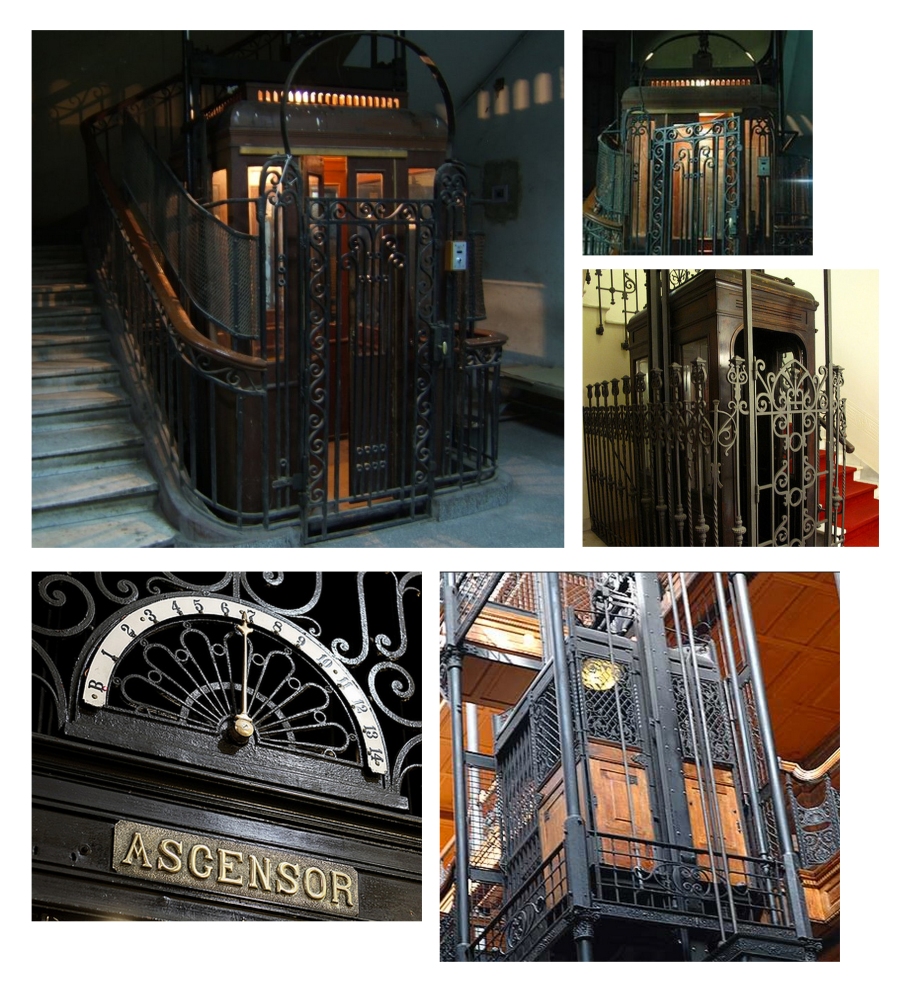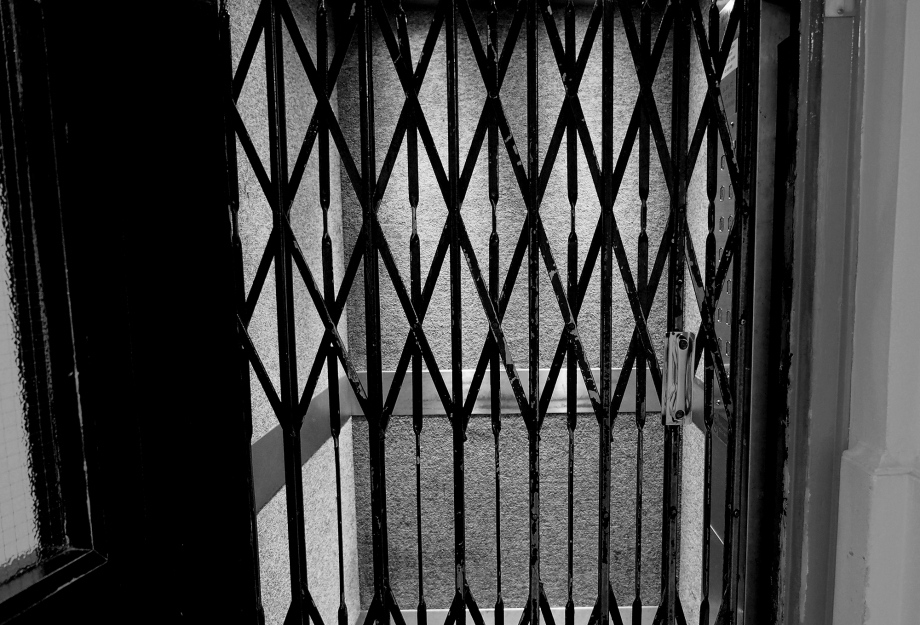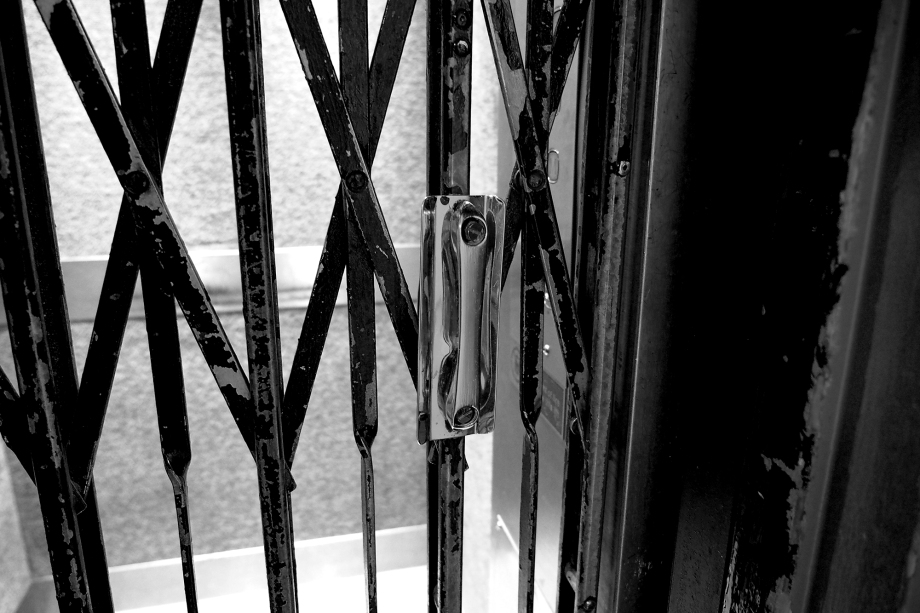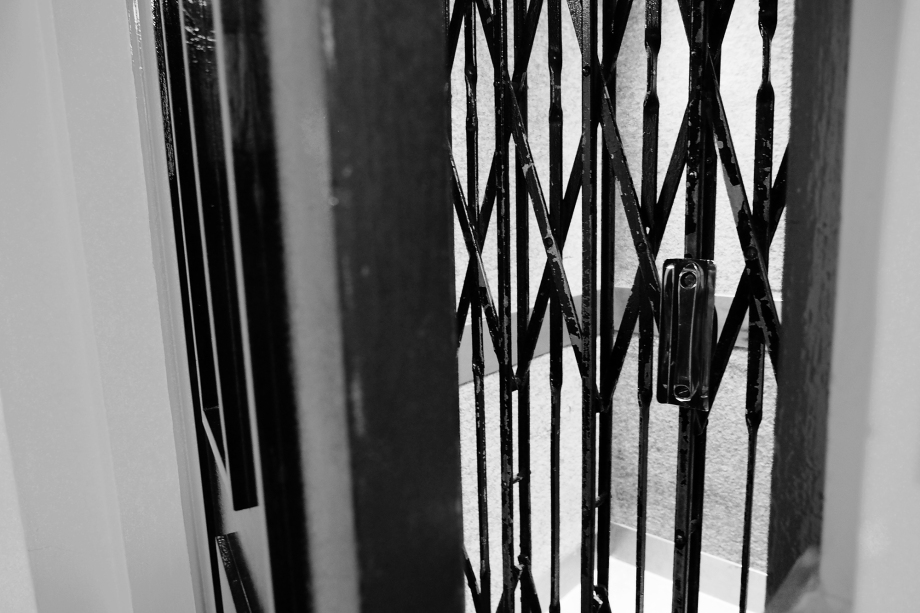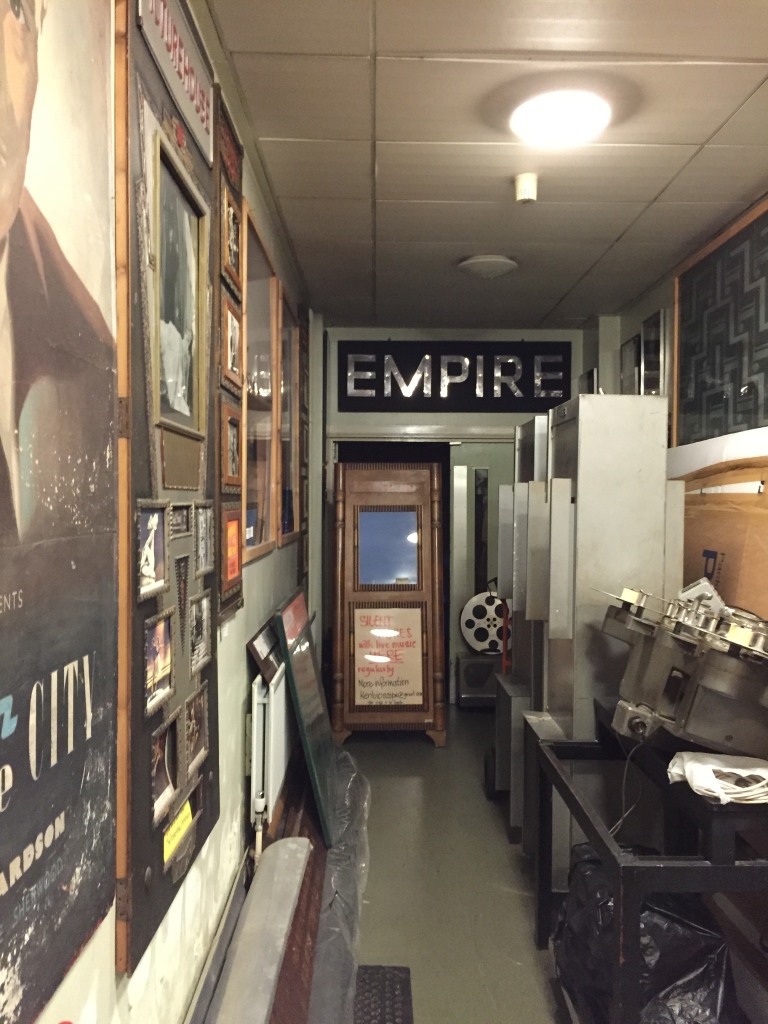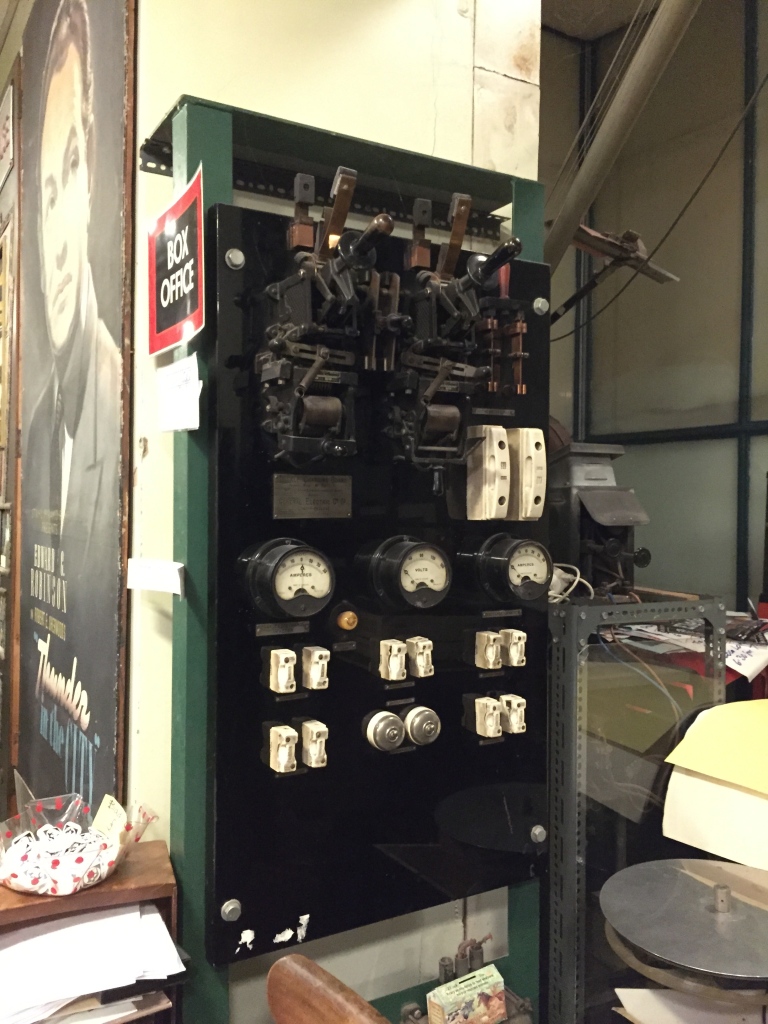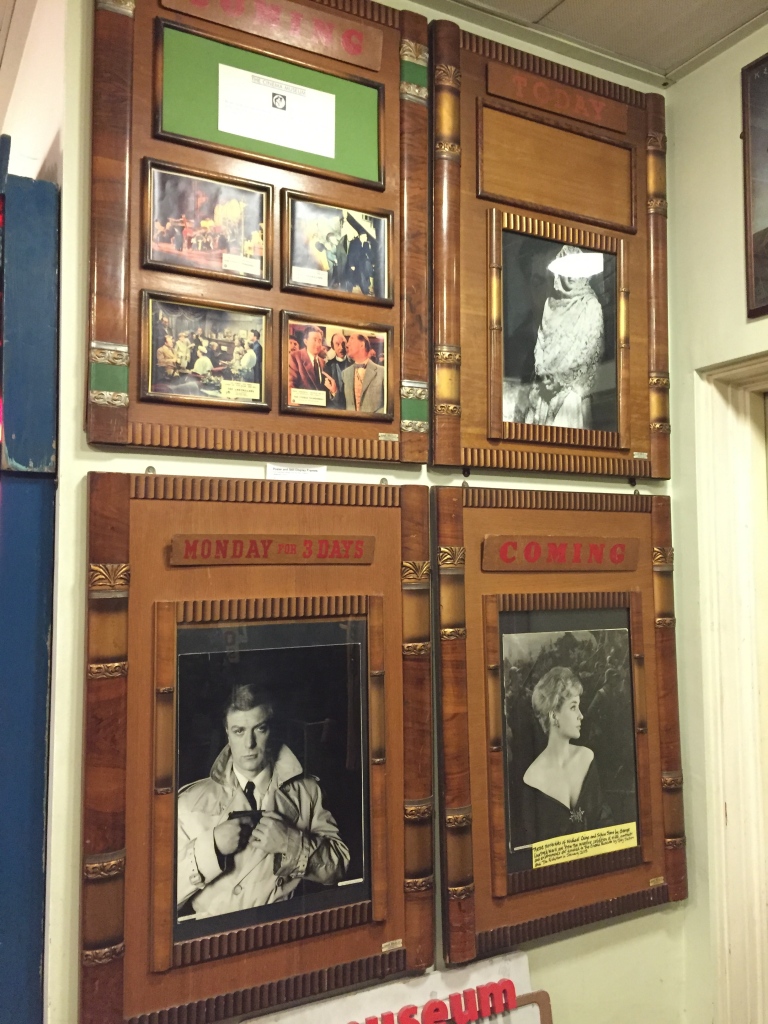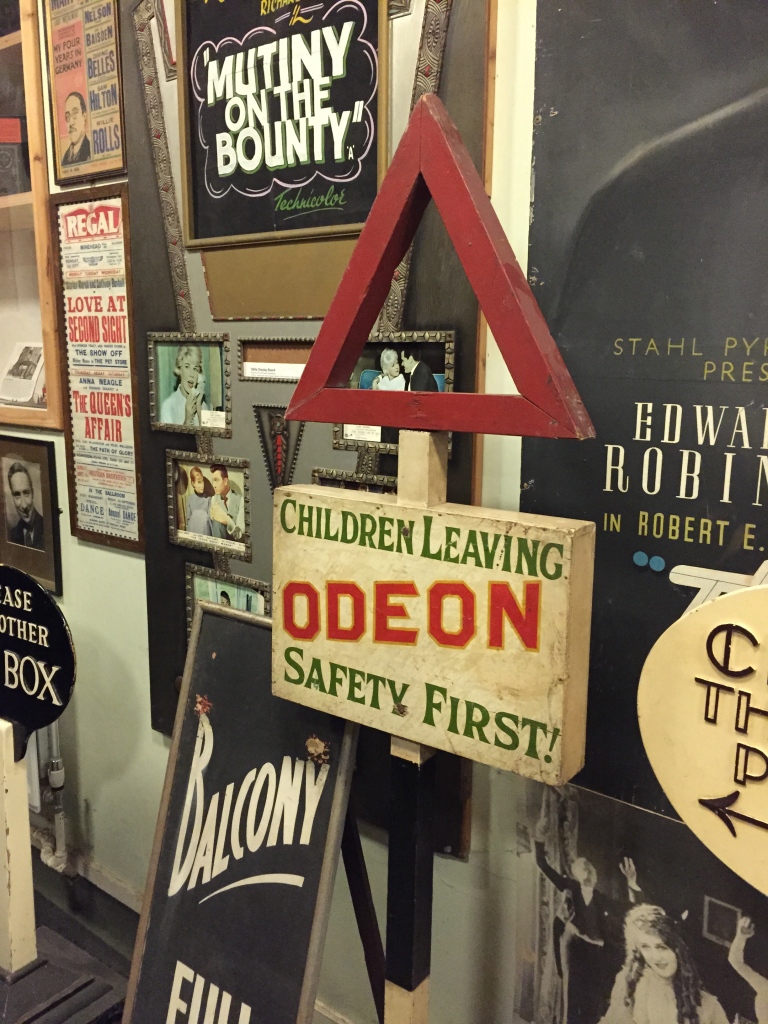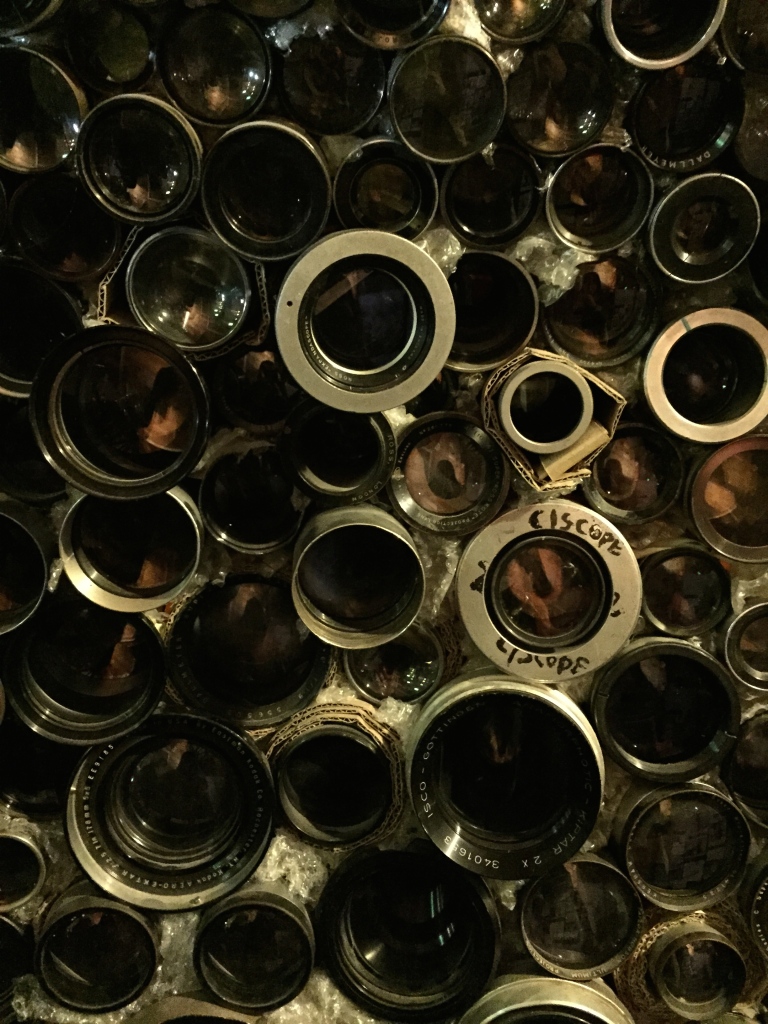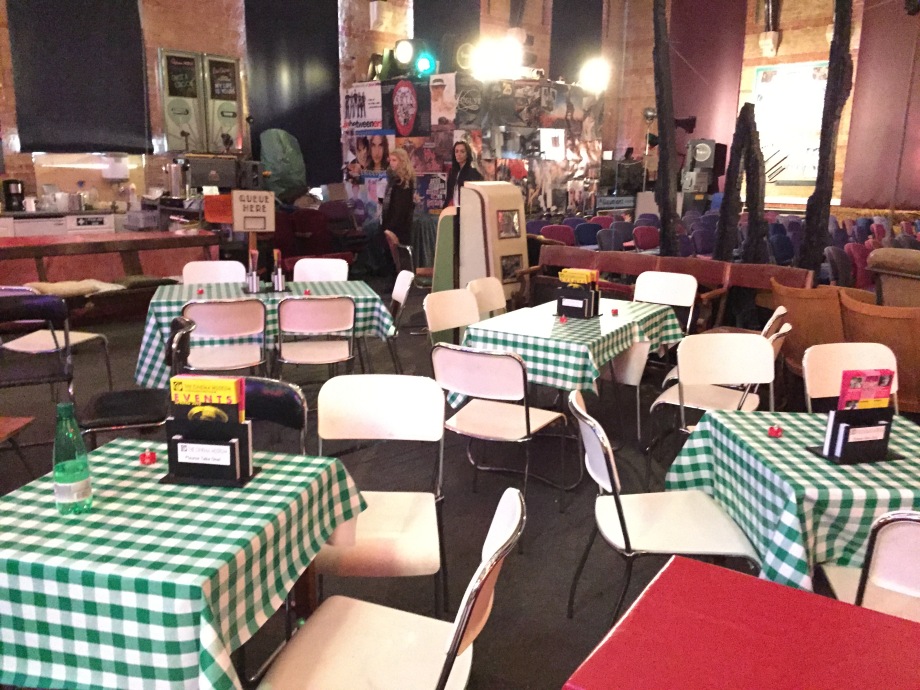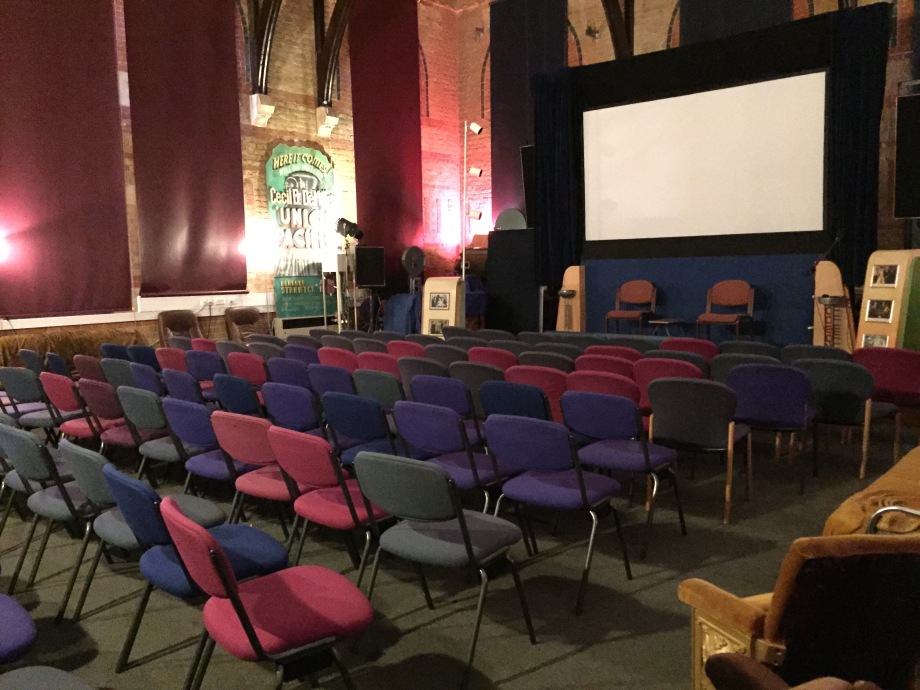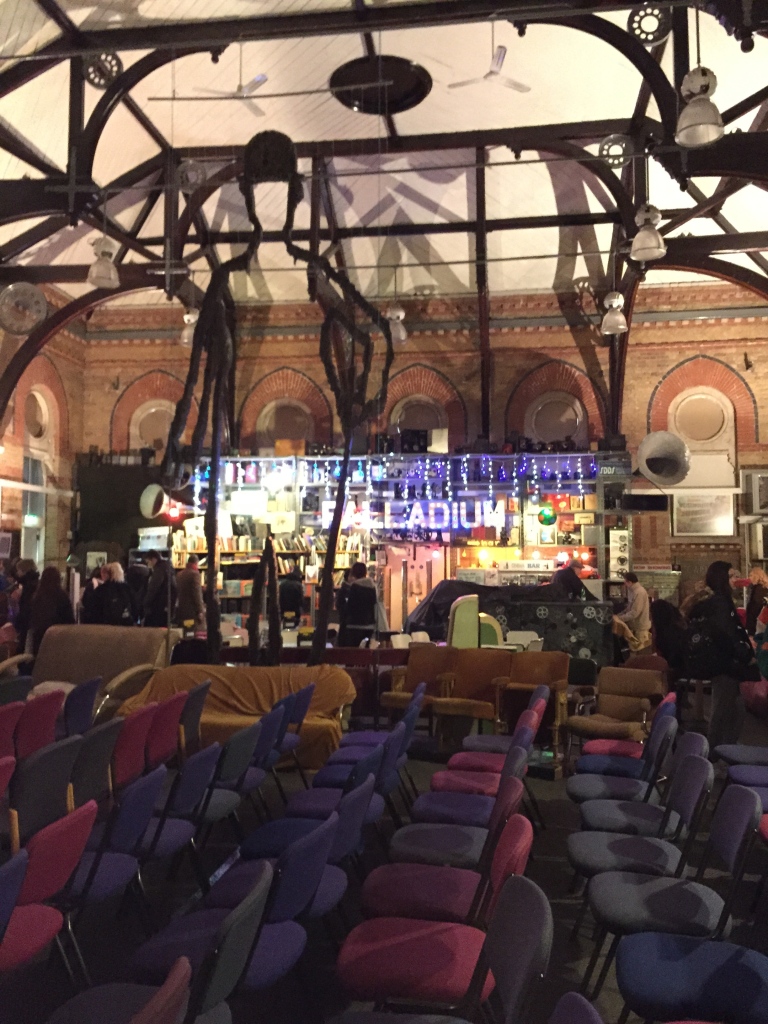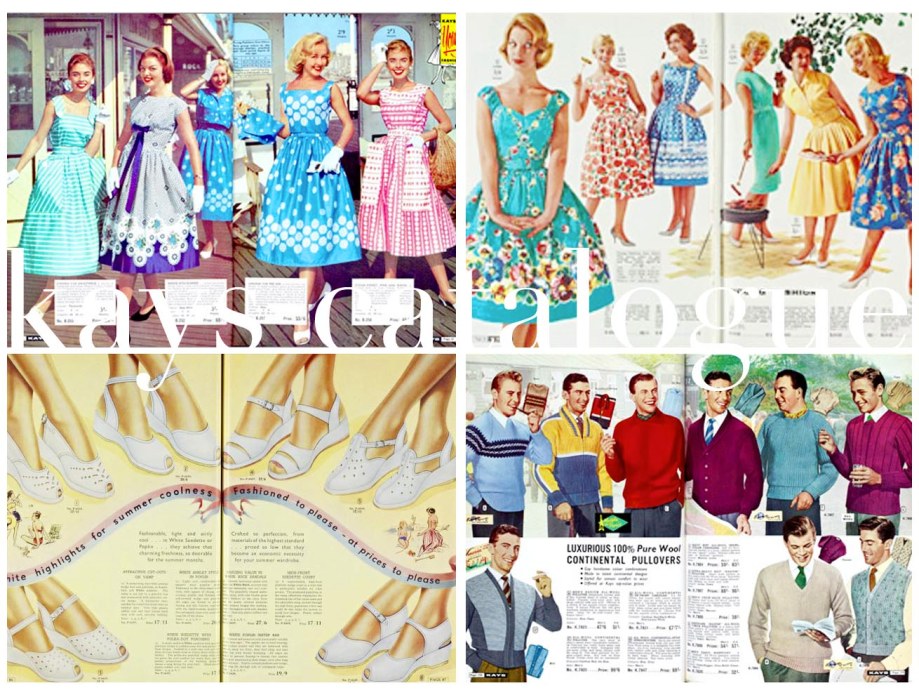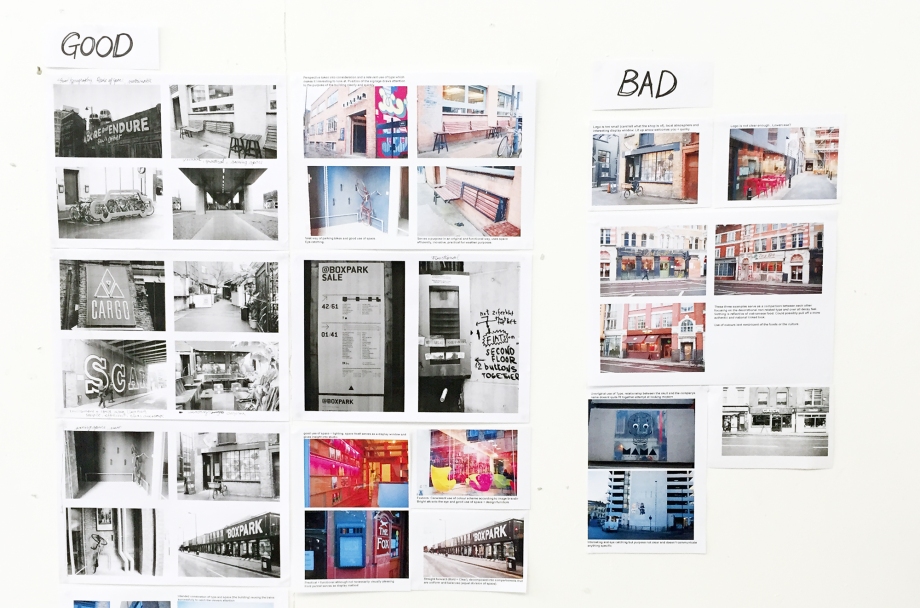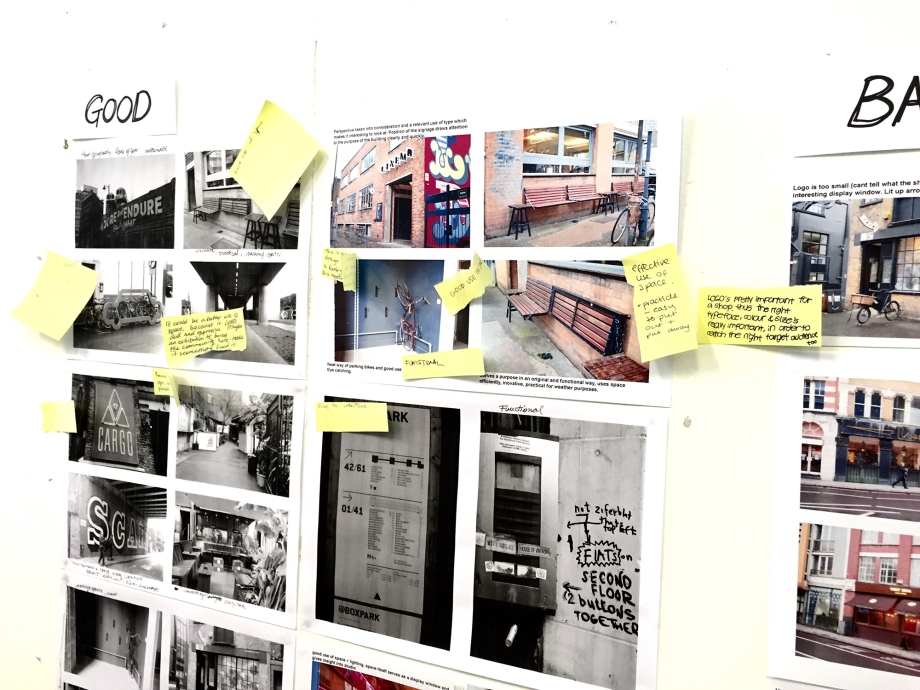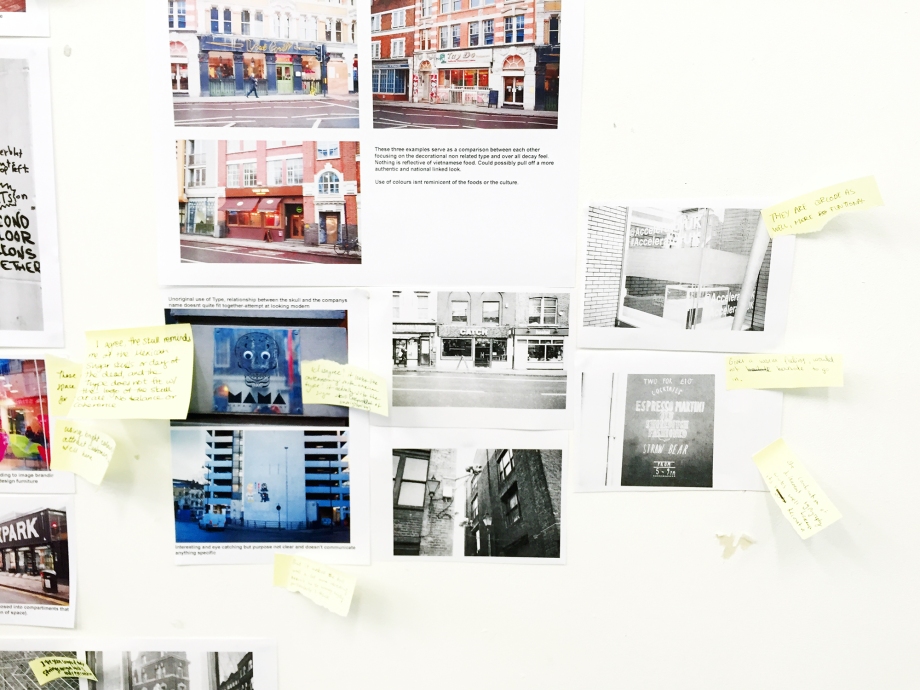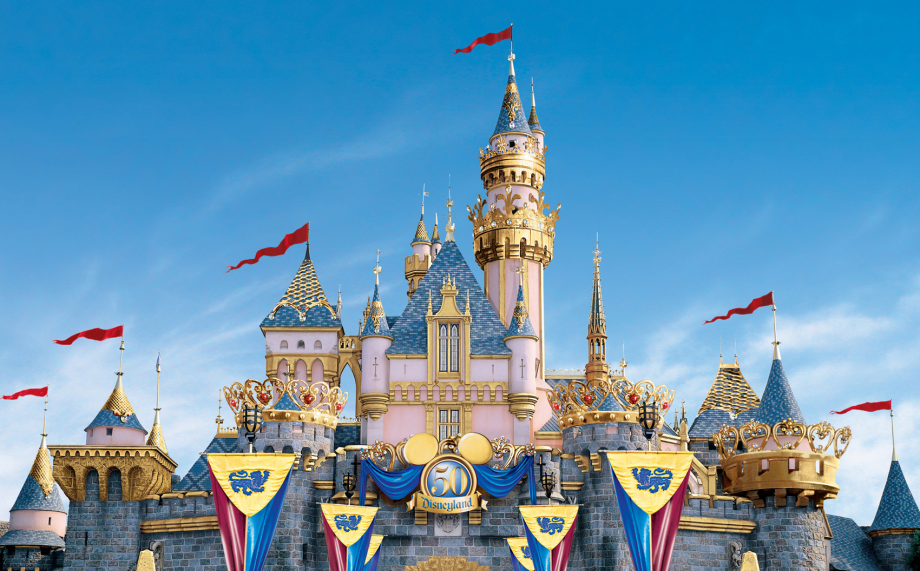
Disneyization influences consumption, it’s a driving force for increasing the inclination to consume. It’s used to make certain places, things seem more surreal than it’s actual self. It elevates the experiences with something more spectacular, leading to the increase of consumer demand. It’s also a form of projected distraction where it diverts consumer’s attention. The way Disneyland is designed is meant for consumers to walk through the park in a systemised manner, making sure they would walk by places with merchandises so that they would stop and shop, retaining them in the park for longer hours. With that, Disneyland is not just a place for fun rides, it’s a place for dining, shopping, and entertainment, just like a mall. Places that are “disney-ized” are constructed with intentions and it warps everyday reality in the consumer’s mind. For example, how casinos do not have clocks placed in sight so that the consumers would lose their sense of time, thus spending more time in the casino than what they intended to. It blends reality and dreams along the fine line and blurs it, which then makes you wonder deeper into the thought – What if our entire life is an orchestrated one? What if we’re doing the things we’re doing because we’re supposed to? What if our everyday encounters are staged just to test our responses just like how it was portrayed in “The Truman Show”.
–
I thought that this lecture was the most interesting one. We were introduced to the term “Disneyization” where places that have been “disney-ized” are constructed with intentions and somehow it warps the consumers minds making them believe in the good of the place. All along, Disneyland to me was a happy place, until after the lecture where it was mentioned that the way the place was structure and the way the staff were told to act were all part of the plan to influence maximum consumption. The place is made up to be more surreal and ‘magical’, acting as a form of distraction where it diverts the consumer’s attention. I thought that it was really interesting to know that there are no actual clocks and windows in Casinos. This was intended to make the consumers lose their sense of time while they are in there, getting them to spend more time in the casino than intended to. With this in mind, I think that the lines between reality and make believe is blurred, and it just evokes more thought.
Have you ever wondered, what if our entire life is actually an orchestrated one? Just like the film, “The Truman Show”. What if we’re just doing the things that we do because we are told to do so? I don’t doubt the possibility that we might be living in this alternate universe where we exist as someone else whose actions are being controlled. Along the same train of thought, I think that because sometimes we no longer can tell the difference between what’s real and what’s made up, we start to lose our identity in these circumstances, and it kind of scares me. Hence, I would be writing my essay based on the thought on current context where the Internet – the ‘place’ we spend most of our time in, is partially responsible for altering our identities over time without us realizing it.
